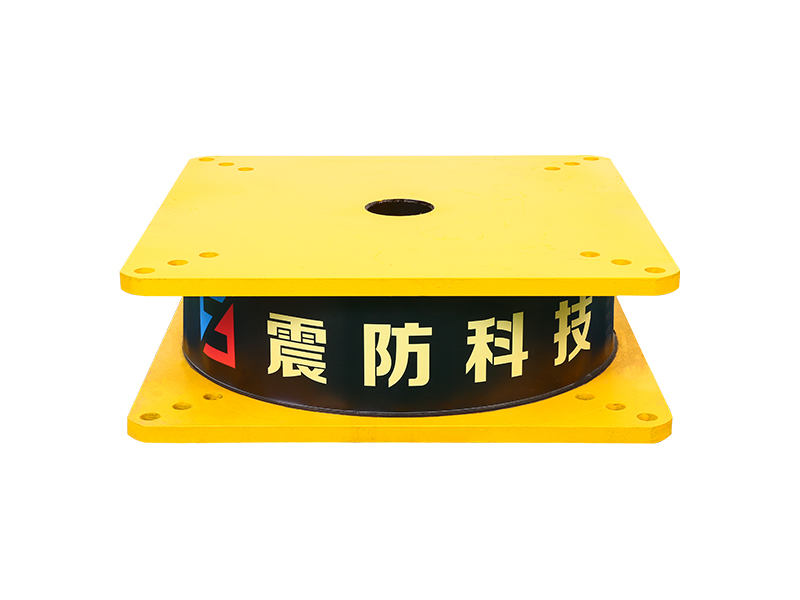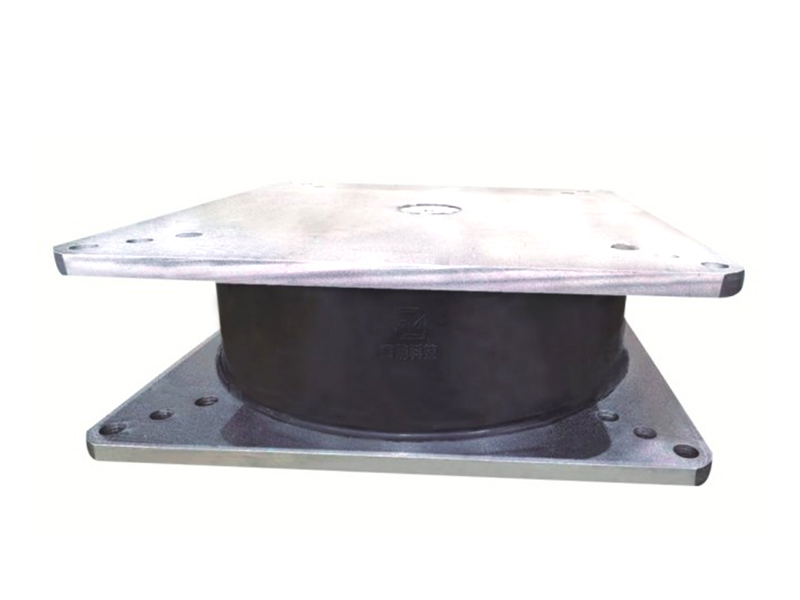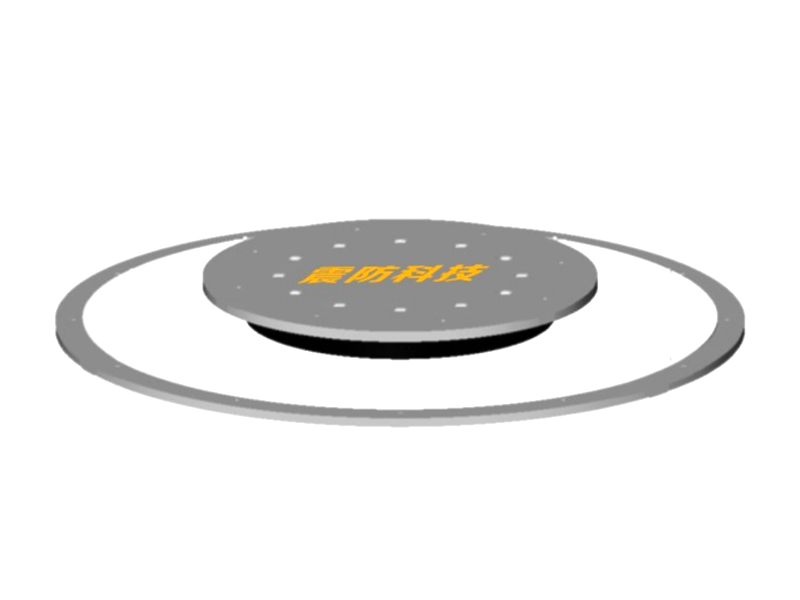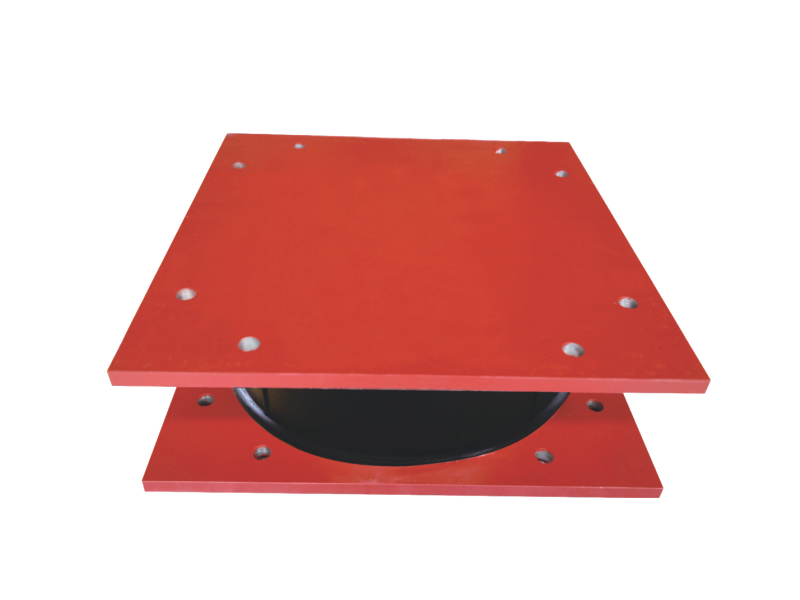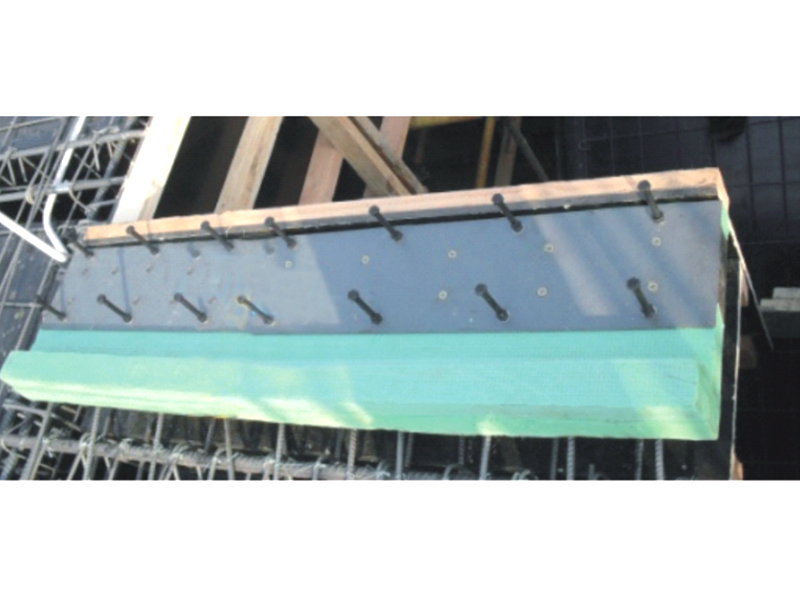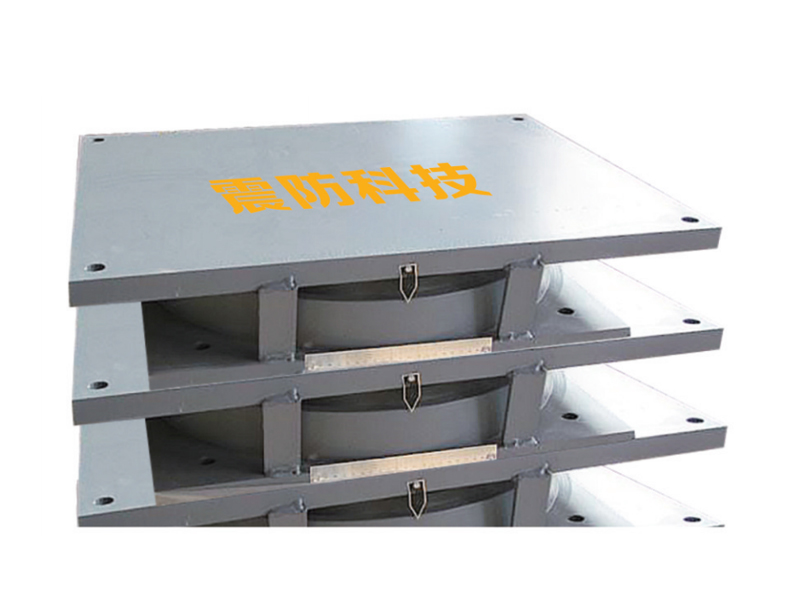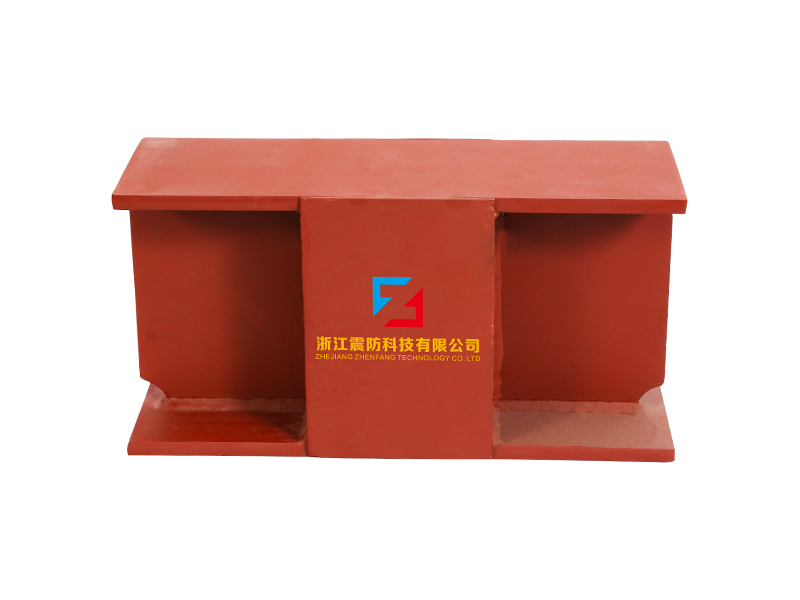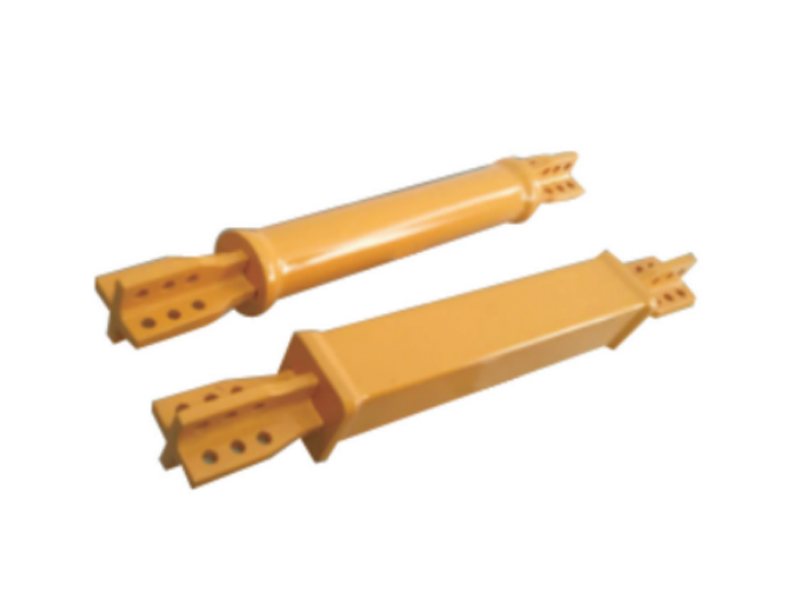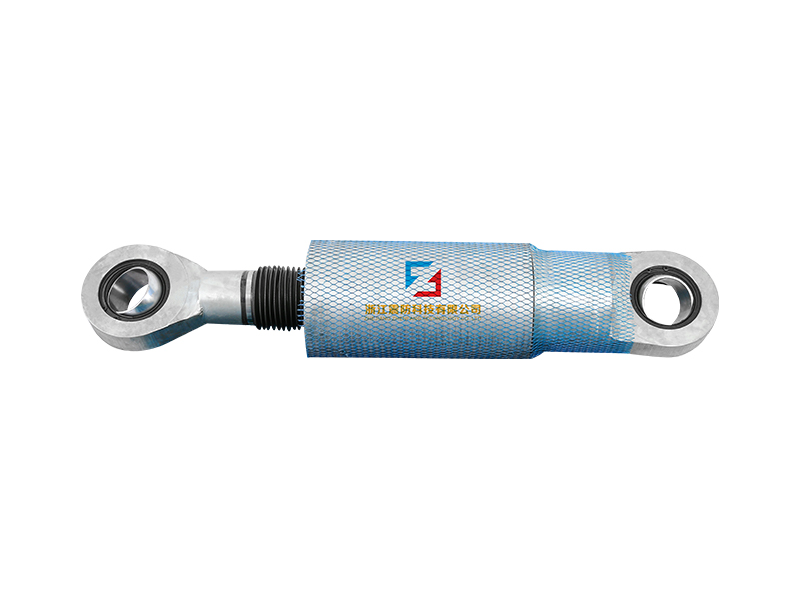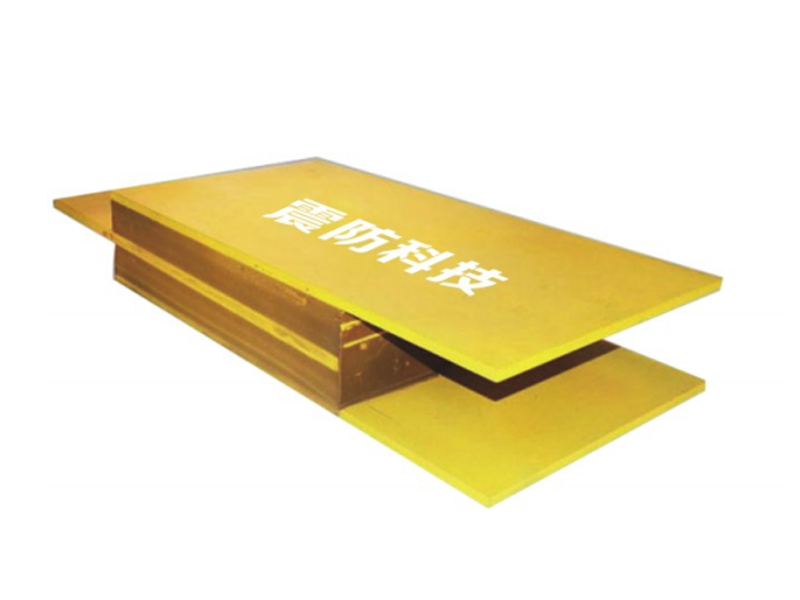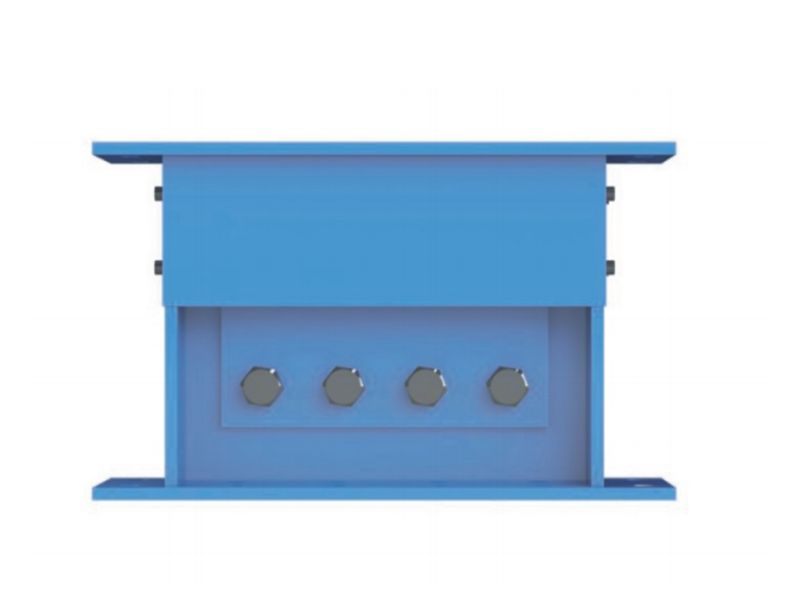The company has been adhering to the corporate tenet of "quality first, customer first", and sincerely welcomes domestic and foreign customers to visit and guide.
GET A QUOTEIn the realm of structural engineering and earthquake-resistant design, the Seismic Isolation Linear Rubber Bearing stands out as a pivotal innovation. These devices are essential components in modern infrastructure, designed to mitigate the devastating effects of seismic activity on buildings, bridges, and other critical structures. By introducing flexibility at the foundation level, seismic isolation bearings allow structures to absorb and dissipate seismic energy, reducing the transmission of ground motion to the superstructure.
A Seismic Isolation Linear Rubber Bearing is composed primarily of alternating layers of natural rubber and steel plates, forming a composite that offers both flexibility and vertical load-bearing capacity. This unique configuration allows the bearing to deform laterally during an earthquake, accommodating ground movement while supporting the weight of the structure. In addition, the steel plates reinforce the bearing, ensuring stability and preventing excessive bulging of the rubber layers under load.
One of the key advantages of the Seismic Isolation Linear Rubber Bearing is its ability to decouple the structure from ground motion. During an earthquake, ground acceleration can cause rigidly connected buildings to experience significant internal stresses and potential collapse. By integrating a Seismic Isolation Linear Rubber Bearing system at the base of the structure, engineers effectively reduce the natural frequency of the building, thereby avoiding resonance with the predominant frequencies of seismic waves. This technique substantially lessens structural damage and enhances the safety of occupants.
Another notable feature of the Seismic Isolation Linear Rubber Bearing is its durability and low maintenance requirements. The materials used in its construction—primarily natural or synthetic rubber and steel—are highly resistant to aging, weather, and repeated seismic loading. Many of these bearings can remain functional for decades with little intervention, making them a cost-effective solution for long-term seismic resilience.
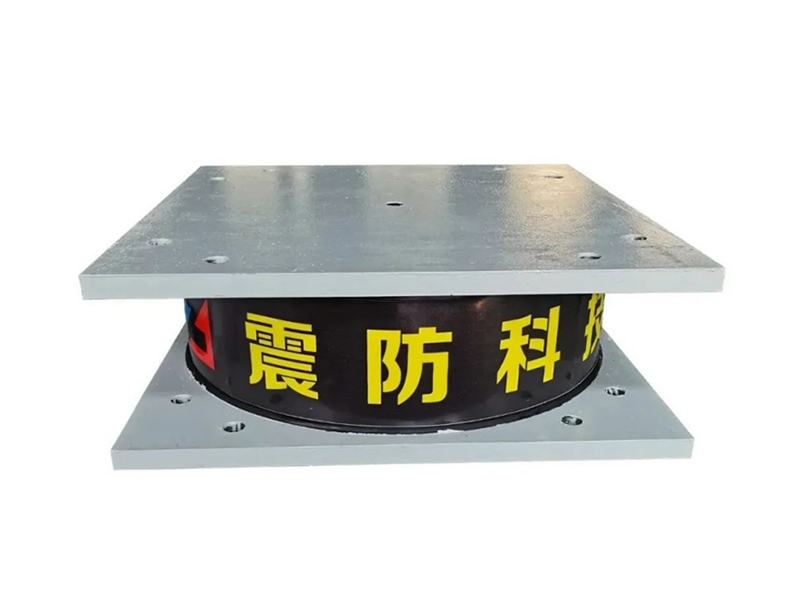
The implementation of Seismic Isolation Linear Rubber Bearings is particularly prevalent in regions with high seismic risk, such as Japan, California, and parts of South America. Notable applications include hospitals, emergency response centers, and data centers—facilities where functionality must be preserved even in the aftermath of a significant earthquake. For instance, several hospitals in Tokyo are equipped with Seismic Isolation Linear Rubber Bearings, allowing them to continue operating and providing care during and after seismic events.
Moreover, the design of Seismic Isolation Linear Rubber Bearings can be customized to meet the specific requirements of different projects. Variables such as bearing stiffness, damping characteristics, and displacement capacity are tailored to the seismic hazard level and structural characteristics of the building. Advanced modeling and simulation tools enable engineers to optimize the performance of these bearings, ensuring good protection against a range of earthquake intensities.
Despite their benefits, the use of Seismic Isolation Linear Rubber Bearings does come with certain challenges. Initial construction costs can be higher compared to traditional foundation systems, and specialized expertise is required for proper design and installation. However, these upfront investments are often justified by the reduced risk of damage and lower repair costs following an earthquake. Furthermore, insurance companies may offer favorable goods for buildings equipped with seismic isolation systems, recognizing the reduced likelihood of catastrophic loss.
Recent advancements in materials science and structural engineering are contributing to the evolution of the Seismic Isolation Linear Rubber Bearing. Innovations such as high-damping rubber and hybrid isolation systems that combine rubber bearings with sliding mechanisms are expanding the capabilities and efficiency of seismic isolation technology. These developments promise even greater protection for structures in the face of future seismic threats.
